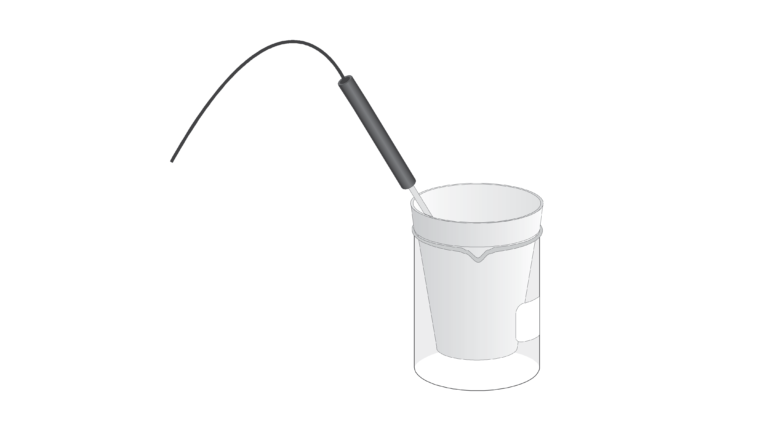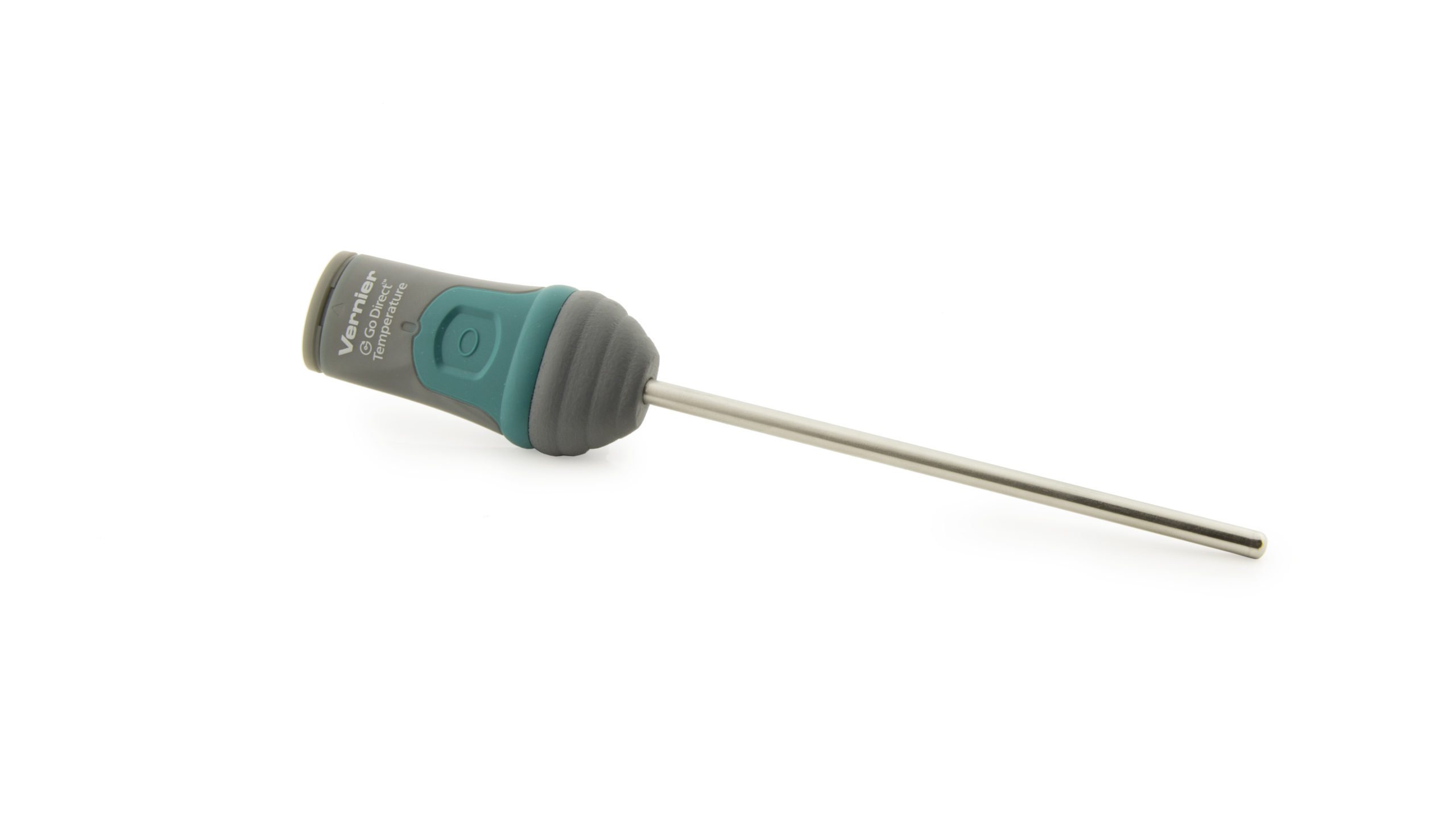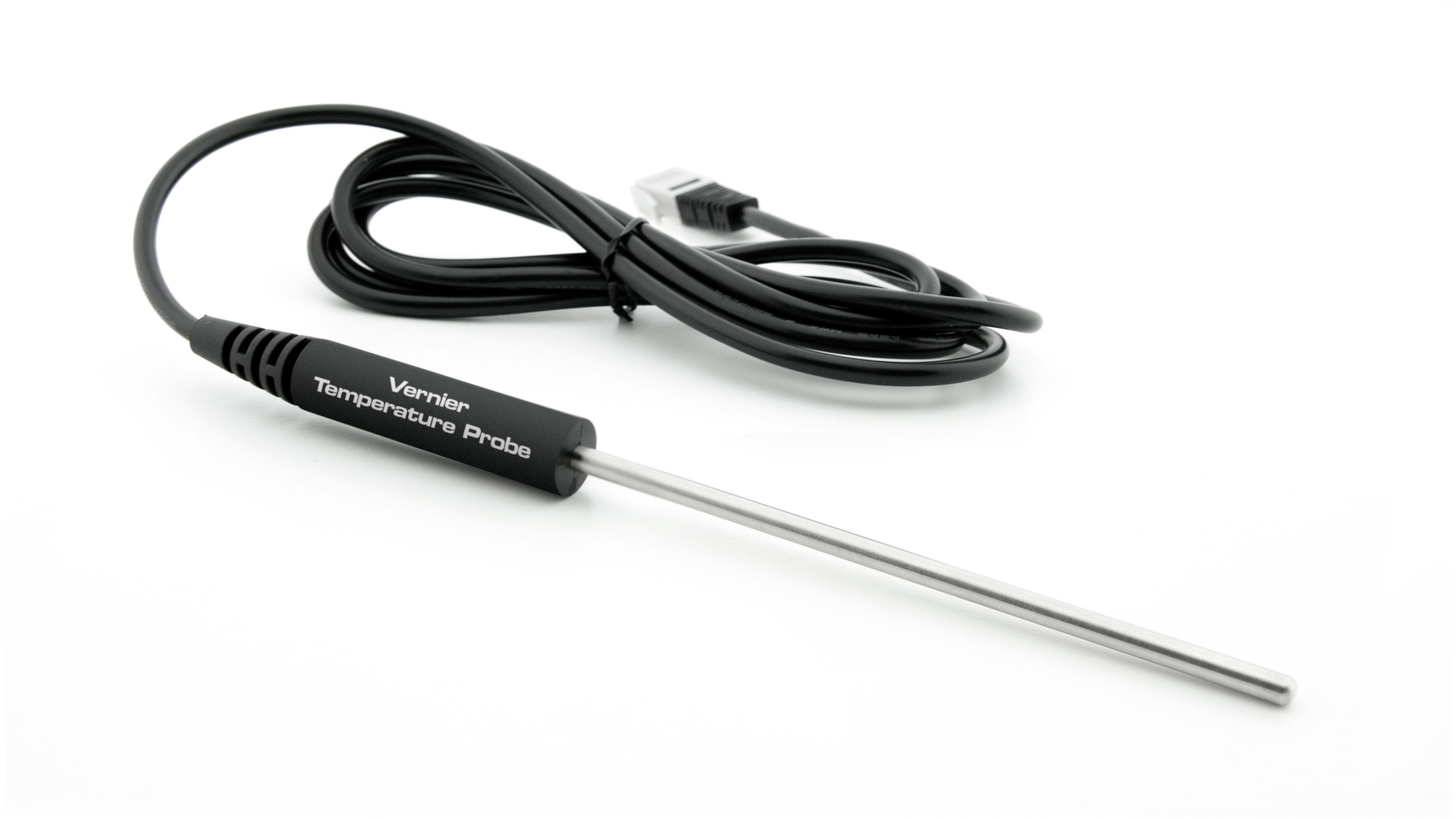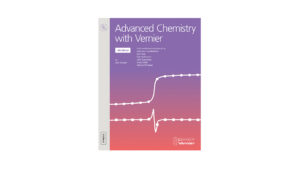Determining the Mole Ratios in a Chemical Reaction
Experiment #9 from Advanced Chemistry with Vernier

Introduction
A balanced chemical reaction equation gives the mole ratios of the reactants and the products as coefficients. When some of the chemical formulas are not known, an experiment must be conducted to help determine the mole ratios.
This experiment uses two common substances as the reactants: hypochlorite ion (OCl–) from household bleach and thiosulfate ion (S2O32–), the active ingredient in a photographic “fixer” solution used to develop film. In the reaction, hypochlorite ions oxidize the thiosulfate ions according to the unbalanced and incomplete reaction equation below.
It is possible to identify the coefficients, A and B, for the reactants, without knowing the products of the reaction. The process that you will use to determine the coefficients is called continuous variations. You will prepare a series of mixtures of the two reactants. Each mixture will have the same total volume and the same total number of moles of reactants. The reaction is exothermic, thus the mixture that generates the most heat energy will be the reaction that completely consumes both the hypochlorite and the thiosulfate ions. You will use this mixture to establish the coefficients, and therefore the mole ratio, for the reaction.
Objectives
In this experiment, you will
- Measure the enthalpy change of a series of reactions.
- Determine the stoichiometry of an oxidation-reduction reaction in which the reactants are known but the products are unknown.
Sensors and Equipment
This experiment features the following sensors and equipment. Additional equipment may be required.
Option 1

Correlations
Teaching to an educational standard? This experiment supports the standards below.
Ready to Experiment?
Ask an Expert
Get answers to your questions about how to teach this experiment with our support team.
- Call toll-free: 888-837-6437
- Chat with Us
- Email support@vernier.com
Purchase the Lab Book
This experiment is #9 of Advanced Chemistry with Vernier. The experiment in the book includes student instructions as well as instructor information for set up, helpful hints, and sample graphs and data.


